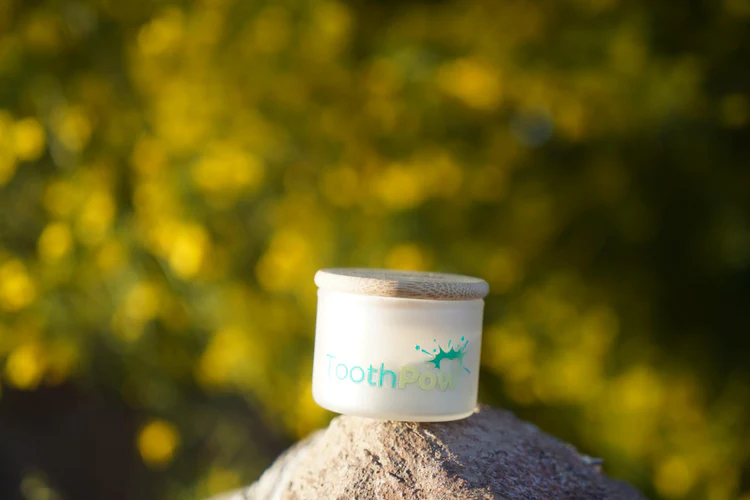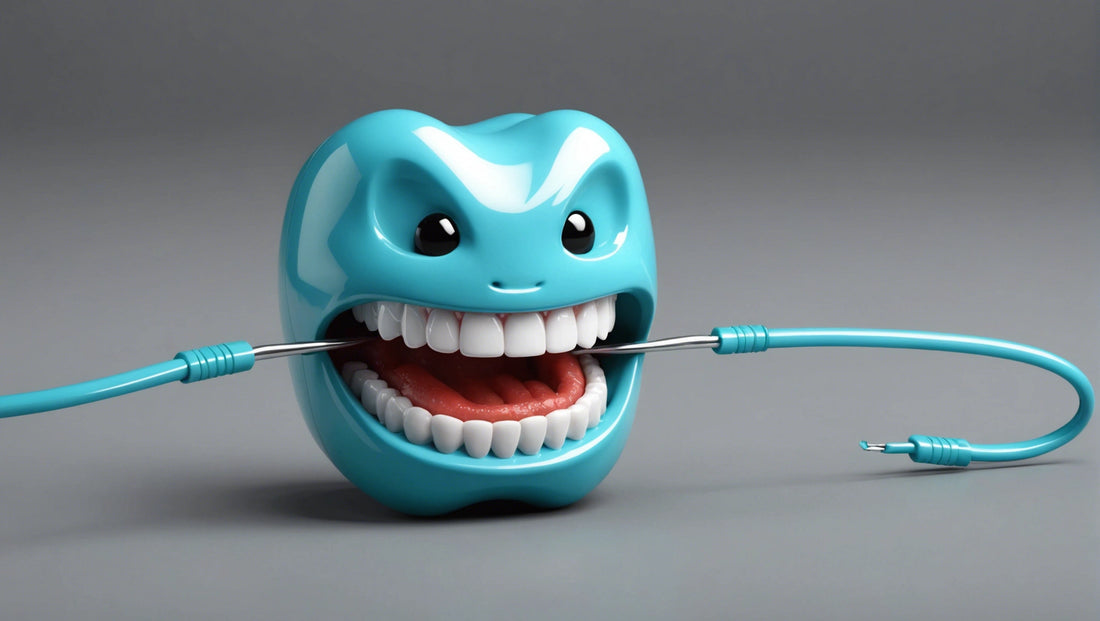Importance of Flossing: Techniques and Benefits
In this discussion, we delve into the often underestimated yet crucial practice of flossing for oral health. By understanding the proper techniques and the significant benefits that flossing offers, we aim to highlight its essential role in maintaining a healthy smile and preventing various dental issues. Join us as we uncover the secrets to effective flossing and discover how this simple habit can make a big difference in your overall well-being. Let's embark on this journey together to unlock the potential of flossing for a brighter and healthier future.
Proper Flossing Techniques
Choosing the Right Floss
There are various types of dental floss available, including waxed, unwaxed, flavored, and tape floss. Choose one that feels comfortable and effectively removes debris from between your teeth.
Flossing Steps
Use Enough Floss: Break off about 18 inches of floss. Wind most of it around each middle finger, leaving an inch or two to work with.
Hold the Floss Correctly: Hold the floss taut between your thumbs and index fingers.
Insert the Floss: Gently slide the floss between your teeth using a back-and-forth motion. Avoid snapping the floss into your gums.
Form a C Shape: Curve the floss into a C shape against the side of one tooth. Gently slide it into the space between the gum and tooth.
Clean Both Sides: Move the floss up and down against the tooth, cleaning beneath the gumline. Repeat on the adjacent tooth.
-
Use a Clean Section: Use a clean section of floss for each tooth to avoid transferring plaque.

Debunking Flossing Myths and Realities
Flossing has been a topic of debate in the dental community, with conflicting views between scientific evidence and dentists' perspectives. While some studies question the effectiveness of flossing, many dentists emphasize its importance in oral hygiene. The debate often centers around the lack of strong scientific evidence supporting flossing's benefits. However, despite this, dentists argue that flossing plays a crucial role in preventing gum disease and cavities by removing plaque and food particles from between teeth.
Benefits of Flossing Despite Limited Scientific Evidence
Even though there may be limited concrete scientific evidence directly linking flossing to improved oral health, many individuals experience firsthand the benefits of incorporating flossing into their daily routine. Flossing can reach areas between teeth that a toothbrush cannot, helping to prevent decay and gum inflammation. Additionally, regular flossing can contribute to fresher breath and a cleaner mouth overall. While the debate on flossing continues, many dentists recommend including flossing as part of a comprehensive oral care routine to maintain optimal dental health.
The Importance of Proper Flossing Technique
Apart from the debate on the efficacy of flossing, another crucial aspect to consider is the technique used while flossing. Dentists stress the significance of proper flossing technique to maximize its benefits. The correct method involves gently guiding the floss between teeth, forming a 'C' shape around each tooth and moving it up and down to remove plaque and debris. Improper flossing techniques can lead to ineffective cleaning and potential gum damage. Therefore, it is essential to consult a dental professional to learn the correct flossing technique tailored to individual oral health needs.
Innovations in Flossing Products
With advancements in dental care, there are now various flossing products available to cater to different preferences and needs. Traditional floss, floss picks, water flossers, and interdental brushes are among the options that individuals can choose from to maintain oral hygiene. Water flossers, for instance, use a stream of water to clean between teeth and along the gum line, offering an alternative for those who struggle with traditional flossing. Exploring these innovative flossing products can help individuals find a method that suits their comfort and lifestyle while promoting effective oral care.
While the debate between scientific evidence and dentists' perspectives on flossing continues, the consensus remains that flossing, when done correctly, can significantly contribute to oral health. By understanding the importance of proper flossing technique and exploring various flossing products, individuals can enhance their oral hygiene practices and work towards maintaining a healthy smile.
Encouraging Flossing Habits for All Ages
Flossing is a crucial part of maintaining good oral hygiene, yet many people neglect this essential practice. In this section, we will explore strategies to encourage flossing habits for individuals of all ages.
Teaching Children the Importance of Flossing
It is important to start instilling good oral hygiene habits at a young age. Parents and guardians play a vital role in teaching children the importance of flossing. By making flossing a fun and interactive activity, children are more likely to adopt it as a regular habit. Using child-friendly floss picks or colorful floss can make the experience enjoyable for kids.
Overcoming Challenges in Fostering Flossing in Kids
Children may resist flossing for various reasons, such as finding it uncomfortable or tedious. To overcome these challenges, parents can lead by example and floss alongside their children. Additionally, setting a routine and offering positive reinforcement can help make flossing a habit rather than a chore. Pediatric dentists can also provide guidance on proper flossing techniques and recommend age-appropriate flossing tools.
Encouraging Flossing in Teenagers and Adults
While flossing habits established in childhood are crucial, it is never too late to start flossing. For teenagers and adults, understanding the benefits of flossing, such as preventing gum disease and cavities, can motivate them to incorporate flossing into their daily routine. Explaining the link between oral health and overall well-being can also encourage older individuals to prioritize flossing.
Incorporating Flossing into Daily Routine
To make flossing a consistent habit, it is essential to incorporate it into the daily routine. Placing floss in visible areas, such as next to the toothbrush, can serve as a visual reminder. Setting specific times for flossing, such as after brushing in the morning and before bedtime, can help establish a routine. Additionally, using flossing techniques like the 'C-shape' method for proper cleaning can enhance the effectiveness of flossing.
Utilizing Technology for Flossing Reminders
Technology can be leveraged to promote flossing habits. Apps and reminders on smartphones can alert individuals to floss daily. Some apps even offer rewards or tracking features to incentivize consistent flossing. By integrating technology into oral care routines, individuals of all ages can stay motivated to floss regularly.
By promoting flossing as a simple yet impactful practice for oral health and overall well-being, individuals of all ages can cultivate healthy habits that contribute to a lifetime of healthy smiles.
Conclusion
The importance of flossing cannot be overstated when it comes to maintaining good oral hygiene. By incorporating proper flossing techniques into your daily routine, you can effectively remove plaque and debris from between your teeth, reducing the risk of cavities and gum disease. Additionally, the benefits of flossing extend beyond just oral health, as it can also contribute to overall well-being. Remember, a healthy smile starts with good oral care habits like flossing.
To explore quality oral care products that can enhance your flossing experience and overall dental health, consider visiting ToothPow's upcoming store. Stay informed about their launch and be among the first to access their offerings by signing up for notifications on their website at. ToothPow . Start your journey to a healthier smile today!.

